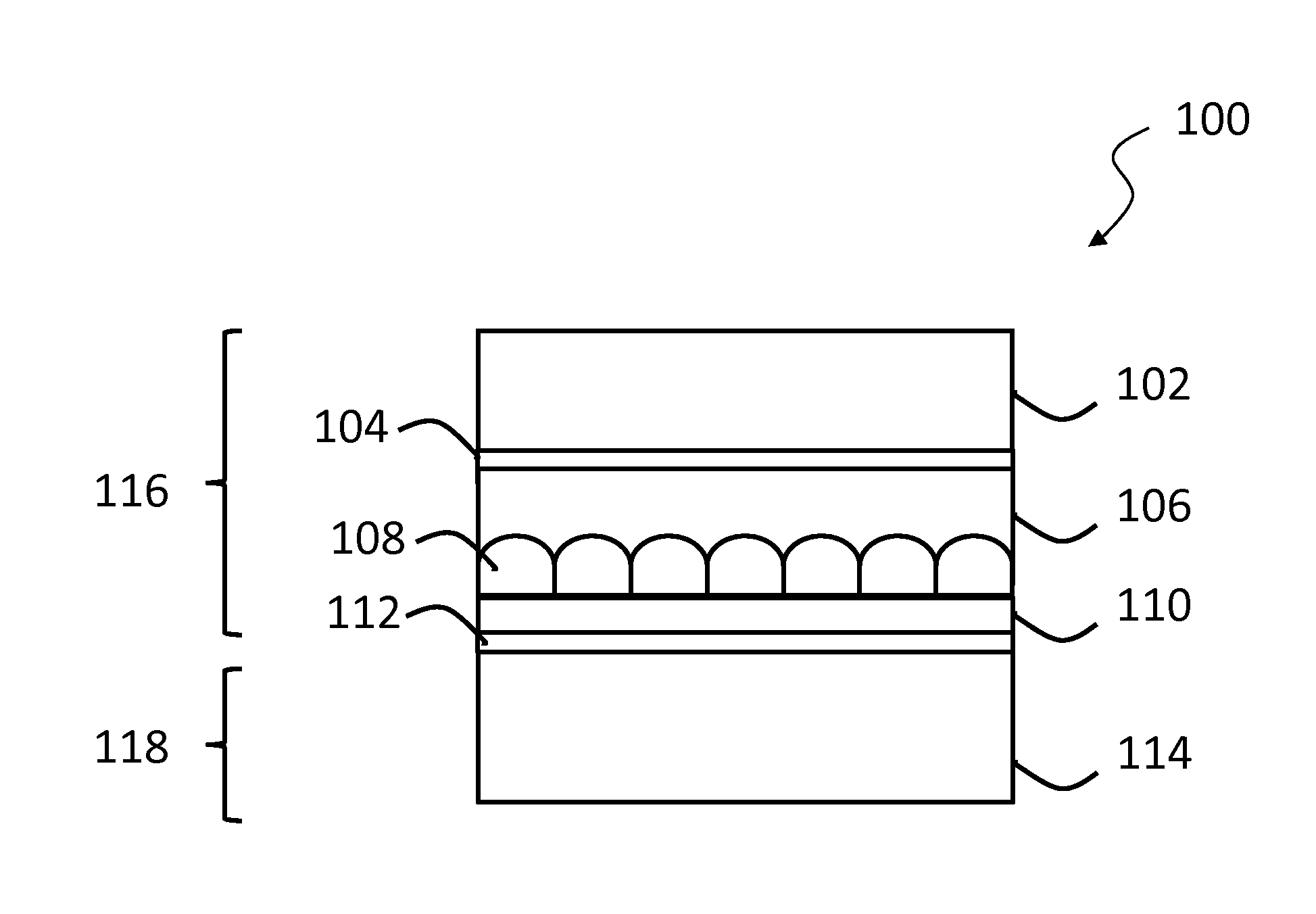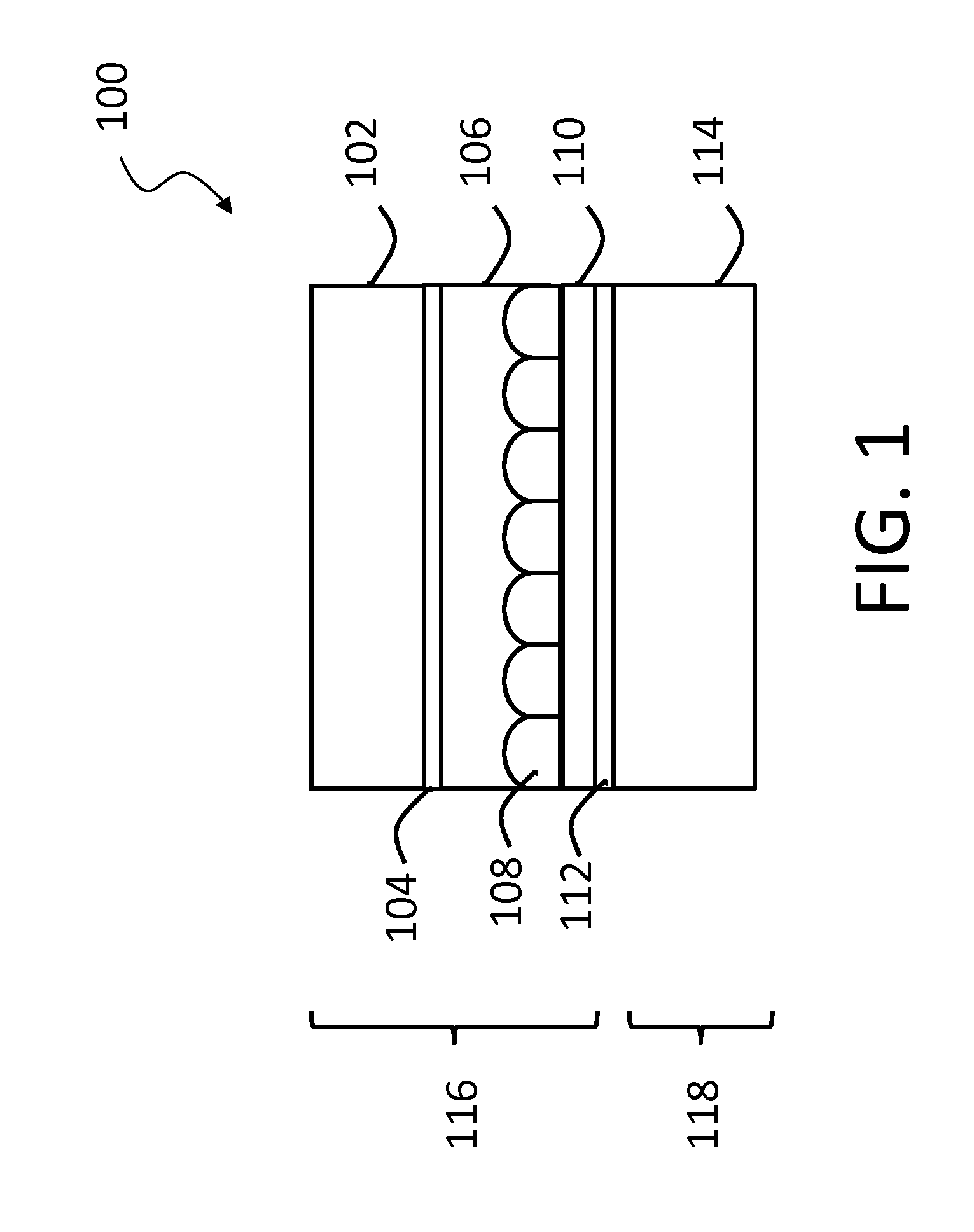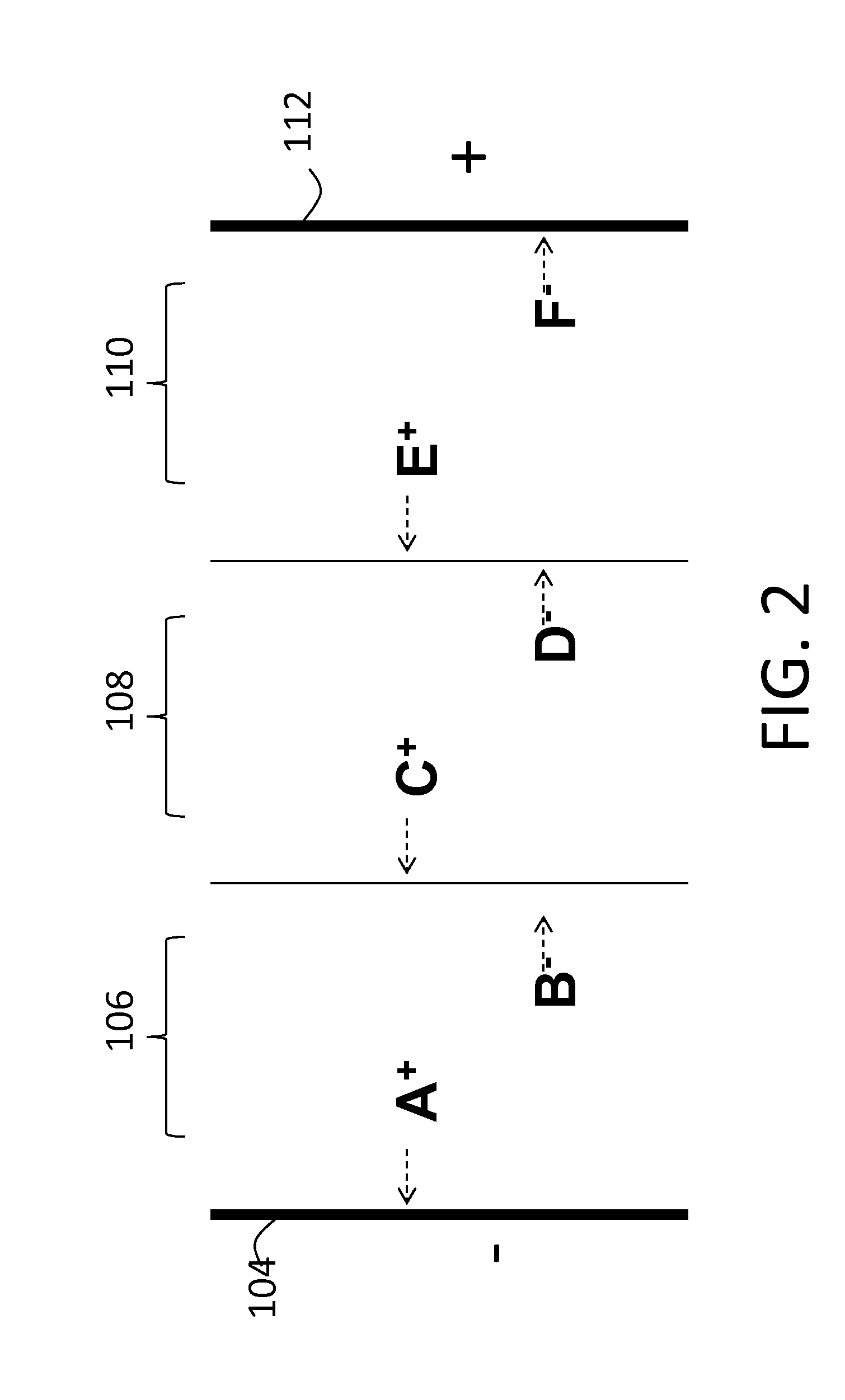Electro-optic display with controlled electrochemical reactions
a technology of electrochemical reactions and electrochemical displays, applied in optics, instruments, optical elements, etc., can solve the problems of inadequate service life of these displays, unable to meet the needs of customers, and gas-based electrophoretic media are susceptible to the same types of problems, so as to reduce the remnant voltage
- Summary
- Abstract
- Description
- Claims
- Application Information
AI Technical Summary
Benefits of technology
Problems solved by technology
Method used
Image
Examples
example 1
[0082]This Example illustrates the reduction in remnant voltage and electrode damage following DC imbalanced driving of a display of the present invention, as compared with a control display lacking a redox compound.
[0083]Experimental displays were prepared as follows:
[0084]Part A: Preparation of a Solution of Redox Compounds
[0085]An oxidized form of a redox compound (tetramethylbenzoquinone, 370 mg, 2.3 mmole) and a reduced form of a redox compound (phenidone, 190 mg, 1.2 mmole) were added to isopropanol (10 g) and the mixture was sonicated at 35° C. for 15 minutes.
[0086]Part B: Preparation of a Lamination Layer (Corresponding to Layer 106 in FIG. 1)
[0087]The redox compound solution prepared in Part A above (7.8 g) was added to 92.2 g of a 35 percent by weight aqueous dispersion of a polyurethane latex of the type described in U.S. Pat. No. 7,342,068 and the mixture was homogenized on a roll mill. The resultant mixture was coated on to a poly(ethylene terephthalate) (PET) film base...
example 2
[0095]This Example illustrates the improved stability of white and dark states following a DC-imbalanced drive achieved by a display of the present invention as compared with a control lacking the redox compounds.
[0096]Experimental displays produced in Example 1 above with PET / carbon backplanes were compared with similar control displays lacking the redox compounds. The displays were driven to the white state in a highly imbalanced manner by applying the following waveform: three iterations of ten 250 ms pulses of +15 V (top plane) each, separated by 1 second at 0 V, with 5 seconds at 0 V after the tenth pulse, followed by 25 seconds at 0 V. The difference between the white state measured at the end of the final 15 V pulse and that measured at the end of the whole waveform was recorded. Similarly, the displays were driven to the dark state with the same waveform except with −15 V pulses and the difference between the dark state measured at the end of the final −15 V pulse and that m...
PUM
| Property | Measurement | Unit |
|---|---|---|
| reduction potential | aaaaa | aaaaa |
| molecular weight | aaaaa | aaaaa |
| reduction potential | aaaaa | aaaaa |
Abstract
Description
Claims
Application Information
 Login to View More
Login to View More - R&D
- Intellectual Property
- Life Sciences
- Materials
- Tech Scout
- Unparalleled Data Quality
- Higher Quality Content
- 60% Fewer Hallucinations
Browse by: Latest US Patents, China's latest patents, Technical Efficacy Thesaurus, Application Domain, Technology Topic, Popular Technical Reports.
© 2025 PatSnap. All rights reserved.Legal|Privacy policy|Modern Slavery Act Transparency Statement|Sitemap|About US| Contact US: help@patsnap.com



